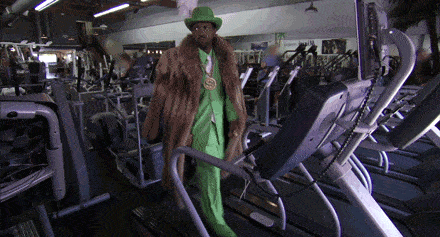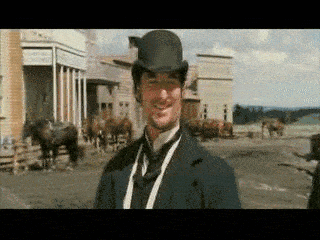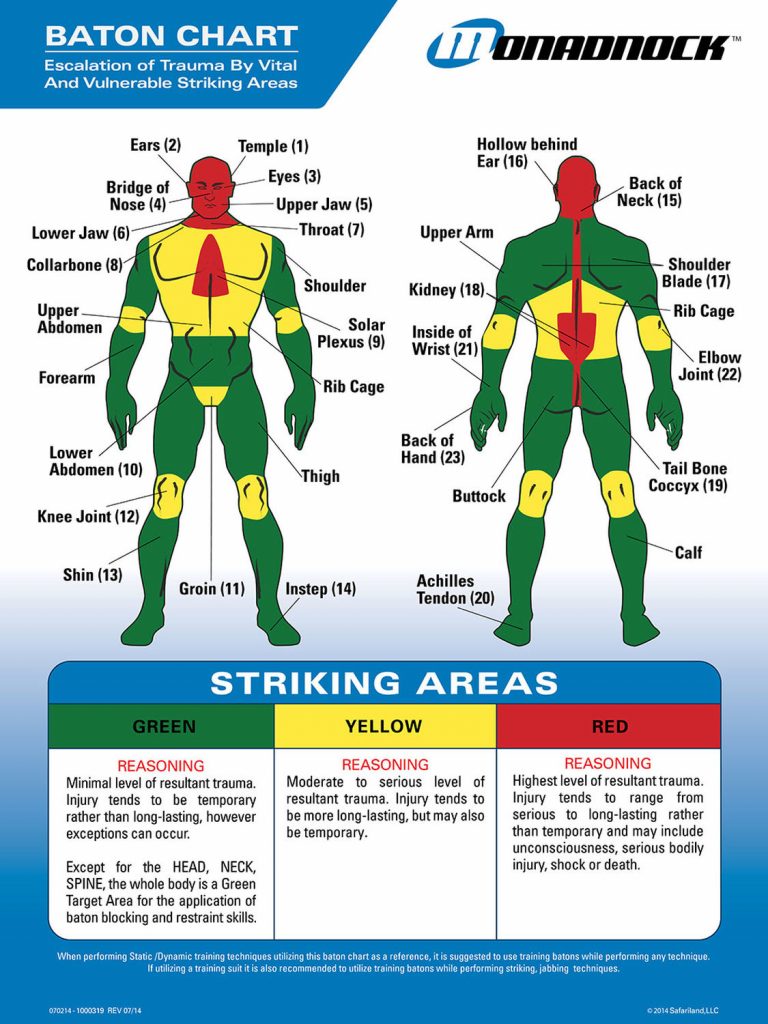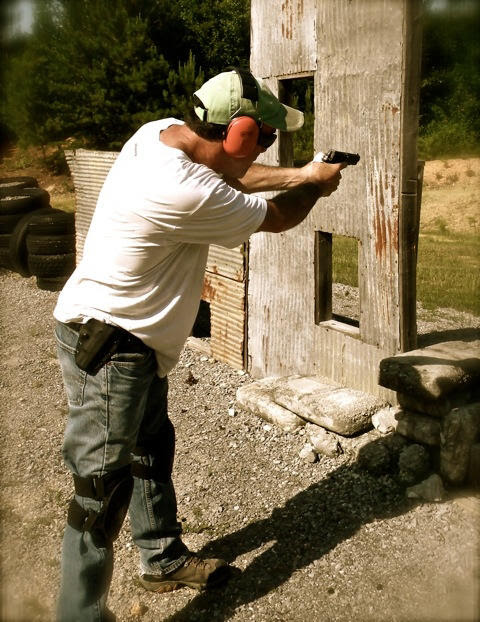Single Officer Response in Active Shooter Events

Our guest author back when he wrote this piece in 2008
Editor’s Note: As The Tactical Wire approaches our 10th Anniversary of service, we look back in light of recent revelations regarding the Parkland Fla. School shooting. Our own Chuck Haggard was one of the first of our guest commentators when he penned this for our July 3, 2008 edition. We reprint it here for your thought and discussion.
A recent article by law enforcement trainer Ron Borsch sent out via the Force Science Research Center's e-newsletter has generated a great deal of controversy among law enforcement officers and trainers. In the newsletter Borsch advocates a single officer response to active-shooter incidents as being appropriate. Although many trainers feel that a single officer response to an active-shooter incident is never appropriate due to officer safety considerations, I have to strongly disagree.
To help readers evaluate my opinion I should give a bit of my back-ground; I am a police officer with 21 years of service, who has served over 18 years on a busy tactical team, as well as being a firearms and defensive tactics instructor. I'm affiliated with two different training organizations which provide law enforcement use of force and tactical training (including active-shooter response instructor training) to a national and international audience. More importantly, I have responded to active-shooter situations on two occasions in my career; on one of those occasions I was forced by circumstance to go after the shooter by myself.
We as law enforcement officers need to have a clear idea of what the hierarchy of safety needs really is. Officer safety is NOT our first concern, if it were we would either hide out at the police station all day or, better yet, just stay home and not go to work. Police work is not about risk avoidance, it is about risk mitigation while also doing the job we have sworn to do. The hierarchy of needs is, and has always been, that the people we protect come first. We place ourselves in the line of fire to protect the citizens we serve, thus the victims of any crime and the bystanders on scene are the first and second priority of any police response. The safety of the officer is almost always the third place consideration.
With that philosophy in mind, I am a strong advocate for the single officer response as being a valid tactical response in some active-shooter situations. The history of modern active-shooters in the U.S. shows us that the shooter(s) will be killed by the responders, will give up, or will kill themselves when the first hint of tactical pressure is placed upon them. Although not all "shooter" incidents have worked out this way, the vast majority have fallen into one of the three typical end results.
Since response to an active-shooter incident is a race, a race between the responder(s) stopping the shooter and the shooter racking up a greater and greater body count, I strongly advocate that officers should move to contact as quickly as possible, and by themselves if need be, to expedite stopping the shooter from killing more victims.
Is this always a good idea? A resounding "No" would be the answer. In the tactical world there is no tactic that is always appropriate, but few tactics have the word "never" attached to them.
The history of active-shooter incidents is filled with successful examples of single officer (either off-duty or on) or citizen response to a shooter, I will list just a few off the top of my head;
Mall shooting in Kansas City Mo.
Church shooting in Colorado Springs
Trolley Square Mall shooting in Salt Lake City
School shooting at high school in Pearl Miss.
Santee California High School shooting
Fairchild Air Force Base shooting
El Cajon California high school shooting
Dimebag Darrell concert shooting, Columbus Ohio
Topeka KS domestic violence shooter incident
In each of the noted cases, either the shooter was captured or gunned down by the first responding officer or citizen, or the first responder placed enough tactical pressure on the shooter to both stop the killing and allow other officers to finish the job.
Although I have no firsthand experience, I can only imagine that gunning down numerous unarmed people to exact revenge for some perceived slight, and thus fulfilling one's personal revenge fantasy, is a very exciting event. Exciting events tend to bring with them the same baggage to the shooter that officers and armed citizens have to deal with.
Everyone who carries a gun for duty or protection should be aware of the physical and mental aspects of responding to critical incidents. It should suffice to say that such aspects of the human condition as fight or flight response, adrenalin stress, tunnel vision, auditory exclusion, etc. should be well known to any serious student of preparation for combat or self defense.
This knowledge and training can be a very solid advantage to the first responder who is going after an active-shooter as the shooter will very likely not be educated and trained to deal with these aspects of armed conflict. In my opinion, the shooter will very likely never see the first responder coming.
In one of the two active shooter incidents in my town during my career I was part of a very large response to a shooter who had invaded the Federal Building. He was both an active-shooter and an active-bomber as he had built numerous impact detonated pipe bombs.
In this incident the shooter eventually fired from an upper story window at responding officers, then killed himself with a head shot after setting one of the bombs on his body to explode. Note; shooter yet again kills himself as soon as his plan falls apart due to tactical pressure placed on him my first responders.
In my own single officer response, the incident played out as follows:
I was assigned to uniform patrol and was serving as an FTO. I was riding with a rookie partner who had been with me only a few days. My partner had been an EMT and worked for the local ambulance service before being hired by my department. We received a dispatch call reference a domestic incident where the estranged ex was trying to kick in the front door to the residence. The female half had moved in with her parents to get away from the male half. We were about four blocks away when this call came out.
As we pulled up, dispatch advised that they had shots fired on 911. As I bailed out of the car I saw the female half's mother running down the front porch steps. She was holding the right side of her neck with her hands and blood was squirting out from between her fingers. As she ran towards me she was yelling "He's killing the babies, he's killing the babies!"
Any officer placed in this situation has no choice; you have to go, you have to go with the gear you are carrying on your person, and you have to go right now.
As I ran for the front door of the house I yelled at my rookie to render aid as I knew she would bleed out in minutes if not seconds. I knew he could handle the medical issue. I bolted up the steps, pistol in hand, moving as fast as I thought I could engage.
At that time I had been a SWAT team member for several years. I was carrying a brand new high capacity "wonder 9" with another smaller version as a back-up gun, as well as wearing my vest. I shot a lot of IPSC matches and I practiced quite a bit on the side. With my SWAT team experience and firearms skills I hoped for a best case scenario; to catch up to the shooter quickly and gun him down before he saw me coming.
I figured in the worst case I was picking a 50/50 gunfight, an event for which I was hoping to be better prepared and equipped than he was.
As I crossed the porch I could see the shooter through the front door, I went "guns up" on him as I moved forward. He saw me at the same time and ducked to my left, the door frame blocking my view of him. He saw me so quickly as he had been scanning, I believe for the female's sister who had gone into a closet and was hiding. I pushed hard and fast, "pieing" the door as I went, hoping to get a slice of the shooter and to open fire as soon as I had a piece of him available to shoot. I did not need to as the shooter fired a shot into his own head.
The female half and her father were dead, they had suffered head shots. Mom survived as the shooter had pulled the attempted head shot on her and my partner was able to control the bleeding. The female's little sister and the two babies were unharmed.
I have absolutely no doubt at all that if I had not pressured the shooter when I did that he would have killed the babies and the little sister, then finished off mom, before killing himself.
In my case I would have loved to have had a patrol rifle with me, but this was well before patrol rifles were cool, well before Columbine was part of our vocabulary. Even then, if the rifle had not been immediately available to me from a rack in the car it would have been left behind, I did not have time to dig a carbine out of a bag in my patrol car trunk.
We are all colored by our education, training and life experiences. Mine tells me that sometimes a first responder has to act alone to save lives, that there is no time to wait for help, and that this is the only tactical and morally correct thing to do.
I have seen reference to the Beslan incident as an example of how a single officer response is a bad idea. Well, I'm here to tell you that SEALTeam 6 would have been in trouble at Beslan. Even in this extreme example, a single responder quickly laying down fire on the bad guys before then can get their target victims and scene secure would serve to put a monkey wrench in their plan.
In less extreme examples, I have read concern that officer could be ambushed by the shooter. I have two problems with that train of thought; 1. It's never happened (although I know that doesn't mean it could someday) 2. Lying in wait for first responders is NOT active shooting.
If the first responder has no idea where the shooter is and will have to search to find them then a single officer response would not be appropriate. However I strongly feel that if a single officer can see the shooter, or can hear the shots close by, that they should immediately move to contact and engage the shooter. This has been successfully accomplished too many times for anyone to say that it is not a valid tactic.
To help readers evaluate my opinion I should give a bit of my back-ground; I am a police officer with 21 years of service, who has served over 18 years on a busy tactical team, as well as being a firearms and defensive tactics instructor. I'm affiliated with two different training organizations which provide law enforcement use of force and tactical training (including active-shooter response instructor training) to a national and international audience. More importantly, I have responded to active-shooter situations on two occasions in my career; on one of those occasions I was forced by circumstance to go after the shooter by myself.
We as law enforcement officers need to have a clear idea of what the hierarchy of safety needs really is. Officer safety is NOT our first concern, if it were we would either hide out at the police station all day or, better yet, just stay home and not go to work. Police work is not about risk avoidance, it is about risk mitigation while also doing the job we have sworn to do. The hierarchy of needs is, and has always been, that the people we protect come first. We place ourselves in the line of fire to protect the citizens we serve, thus the victims of any crime and the bystanders on scene are the first and second priority of any police response. The safety of the officer is almost always the third place consideration.
With that philosophy in mind, I am a strong advocate for the single officer response as being a valid tactical response in some active-shooter situations. The history of modern active-shooters in the U.S. shows us that the shooter(s) will be killed by the responders, will give up, or will kill themselves when the first hint of tactical pressure is placed upon them. Although not all "shooter" incidents have worked out this way, the vast majority have fallen into one of the three typical end results.
Since response to an active-shooter incident is a race, a race between the responder(s) stopping the shooter and the shooter racking up a greater and greater body count, I strongly advocate that officers should move to contact as quickly as possible, and by themselves if need be, to expedite stopping the shooter from killing more victims.
Is this always a good idea? A resounding "No" would be the answer. In the tactical world there is no tactic that is always appropriate, but few tactics have the word "never" attached to them.
The history of active-shooter incidents is filled with successful examples of single officer (either off-duty or on) or citizen response to a shooter, I will list just a few off the top of my head;
Mall shooting in Kansas City Mo.
Church shooting in Colorado Springs
Trolley Square Mall shooting in Salt Lake City
School shooting at high school in Pearl Miss.
Santee California High School shooting
Fairchild Air Force Base shooting
El Cajon California high school shooting
Dimebag Darrell concert shooting, Columbus Ohio
Topeka KS domestic violence shooter incident
In each of the noted cases, either the shooter was captured or gunned down by the first responding officer or citizen, or the first responder placed enough tactical pressure on the shooter to both stop the killing and allow other officers to finish the job.
Although I have no firsthand experience, I can only imagine that gunning down numerous unarmed people to exact revenge for some perceived slight, and thus fulfilling one's personal revenge fantasy, is a very exciting event. Exciting events tend to bring with them the same baggage to the shooter that officers and armed citizens have to deal with.
Everyone who carries a gun for duty or protection should be aware of the physical and mental aspects of responding to critical incidents. It should suffice to say that such aspects of the human condition as fight or flight response, adrenalin stress, tunnel vision, auditory exclusion, etc. should be well known to any serious student of preparation for combat or self defense.
This knowledge and training can be a very solid advantage to the first responder who is going after an active-shooter as the shooter will very likely not be educated and trained to deal with these aspects of armed conflict. In my opinion, the shooter will very likely never see the first responder coming.
In one of the two active shooter incidents in my town during my career I was part of a very large response to a shooter who had invaded the Federal Building. He was both an active-shooter and an active-bomber as he had built numerous impact detonated pipe bombs.
In this incident the shooter eventually fired from an upper story window at responding officers, then killed himself with a head shot after setting one of the bombs on his body to explode. Note; shooter yet again kills himself as soon as his plan falls apart due to tactical pressure placed on him my first responders.
In my own single officer response, the incident played out as follows:
I was assigned to uniform patrol and was serving as an FTO. I was riding with a rookie partner who had been with me only a few days. My partner had been an EMT and worked for the local ambulance service before being hired by my department. We received a dispatch call reference a domestic incident where the estranged ex was trying to kick in the front door to the residence. The female half had moved in with her parents to get away from the male half. We were about four blocks away when this call came out.
As we pulled up, dispatch advised that they had shots fired on 911. As I bailed out of the car I saw the female half's mother running down the front porch steps. She was holding the right side of her neck with her hands and blood was squirting out from between her fingers. As she ran towards me she was yelling "He's killing the babies, he's killing the babies!"
Any officer placed in this situation has no choice; you have to go, you have to go with the gear you are carrying on your person, and you have to go right now.
As I ran for the front door of the house I yelled at my rookie to render aid as I knew she would bleed out in minutes if not seconds. I knew he could handle the medical issue. I bolted up the steps, pistol in hand, moving as fast as I thought I could engage.
At that time I had been a SWAT team member for several years. I was carrying a brand new high capacity "wonder 9" with another smaller version as a back-up gun, as well as wearing my vest. I shot a lot of IPSC matches and I practiced quite a bit on the side. With my SWAT team experience and firearms skills I hoped for a best case scenario; to catch up to the shooter quickly and gun him down before he saw me coming.
I figured in the worst case I was picking a 50/50 gunfight, an event for which I was hoping to be better prepared and equipped than he was.
As I crossed the porch I could see the shooter through the front door, I went "guns up" on him as I moved forward. He saw me at the same time and ducked to my left, the door frame blocking my view of him. He saw me so quickly as he had been scanning, I believe for the female's sister who had gone into a closet and was hiding. I pushed hard and fast, "pieing" the door as I went, hoping to get a slice of the shooter and to open fire as soon as I had a piece of him available to shoot. I did not need to as the shooter fired a shot into his own head.
The female half and her father were dead, they had suffered head shots. Mom survived as the shooter had pulled the attempted head shot on her and my partner was able to control the bleeding. The female's little sister and the two babies were unharmed.
I have absolutely no doubt at all that if I had not pressured the shooter when I did that he would have killed the babies and the little sister, then finished off mom, before killing himself.
In my case I would have loved to have had a patrol rifle with me, but this was well before patrol rifles were cool, well before Columbine was part of our vocabulary. Even then, if the rifle had not been immediately available to me from a rack in the car it would have been left behind, I did not have time to dig a carbine out of a bag in my patrol car trunk.
We are all colored by our education, training and life experiences. Mine tells me that sometimes a first responder has to act alone to save lives, that there is no time to wait for help, and that this is the only tactical and morally correct thing to do.
I have seen reference to the Beslan incident as an example of how a single officer response is a bad idea. Well, I'm here to tell you that SEALTeam 6 would have been in trouble at Beslan. Even in this extreme example, a single responder quickly laying down fire on the bad guys before then can get their target victims and scene secure would serve to put a monkey wrench in their plan.
In less extreme examples, I have read concern that officer could be ambushed by the shooter. I have two problems with that train of thought; 1. It's never happened (although I know that doesn't mean it could someday) 2. Lying in wait for first responders is NOT active shooting.
If the first responder has no idea where the shooter is and will have to search to find them then a single officer response would not be appropriate. However I strongly feel that if a single officer can see the shooter, or can hear the shots close by, that they should immediately move to contact and engage the shooter. This has been successfully accomplished too many times for anyone to say that it is not a valid tactic.
Chuck Haggard has been a full time law enforcement officer for around three decades, and served his previous department as a firearms and defensive tactics instructor since the late 1980s. Chuck also served as member of that agency’s tactical team for 17 years. Chuck is an instructor-trainer for the National Law Enforcement Training Center and an active IDPA and USPSA competitor. After retiring from full time law enforcement, Chuck took on public safety duties at an airport and started his own training company, Agile Training and Consulting.

















